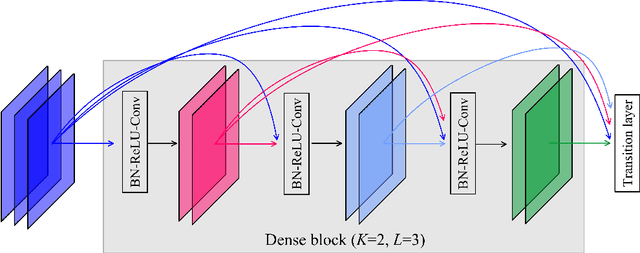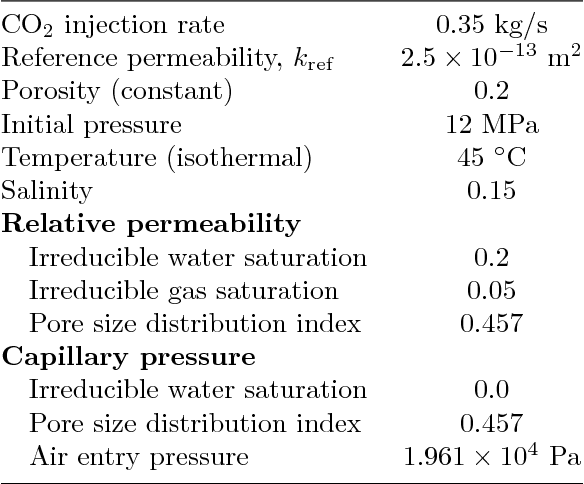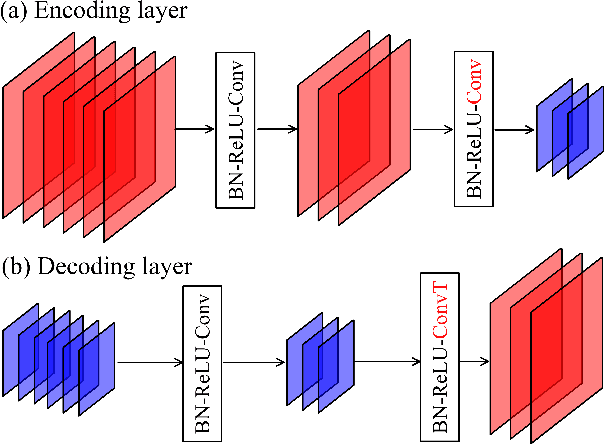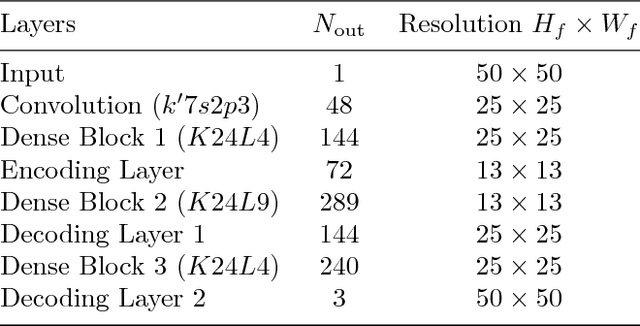Deep convolutional encoder-decoder networks for uncertainty quantification of dynamic multiphase flow in heterogeneous media
Paper and Code
Jul 02, 2018



Surrogate strategies are used widely for uncertainty quantification of groundwater models in order to improve computational efficiency. However, their application to dynamic multiphase flow problems is hindered by the curse of dimensionality, the saturation discontinuity due to capillarity effects, and the time-dependence of the multi-output responses. In this paper, we propose a deep convolutional encoder-decoder neural network methodology to tackle these issues. The surrogate modeling task is transformed to an image-to-image regression strategy. This approach extracts high-level coarse features from the high-dimensional input permeability images using an encoder, and then refines the coarse features to provide the output pressure/saturation images through a decoder. A training strategy combining a regression loss and a segmentation loss is proposed in order to better approximate the discontinuous saturation field. To characterize the high-dimensional time-dependent outputs of the dynamic system, time is treated as an additional input to the network that is trained using pairs of input realizations and of the corresponding system outputs at a limited number of time instances. The proposed method is evaluated using a geological carbon storage process-based multiphase flow model with a 2500-dimensional stochastic permeability field. With a relatively small number of training data, the surrogate model is capable of accurately characterizing the spatio-temporal evolution of the pressure and discontinuous CO2 saturation fields and can be used efficiently to compute the statistics of the system responses.
 Add to Chrome
Add to Chrome Add to Firefox
Add to Firefox Add to Edge
Add to Edge